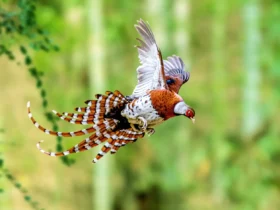Goldcrest (Regulus regulus) and the Firecrest (Regulus ignicapilla) are one of the smallest bird in the world, two species that epitomize the delicate beauty and remarkable adaptability of avian life. In this article, we will explore the captivating world of these tiny wonders, examining their unique characteristics, habitats, behavior, and the wonders they bring to the forests of Europe.
Goldcrest and Firecrest video
Goldcrest and Firecrest images
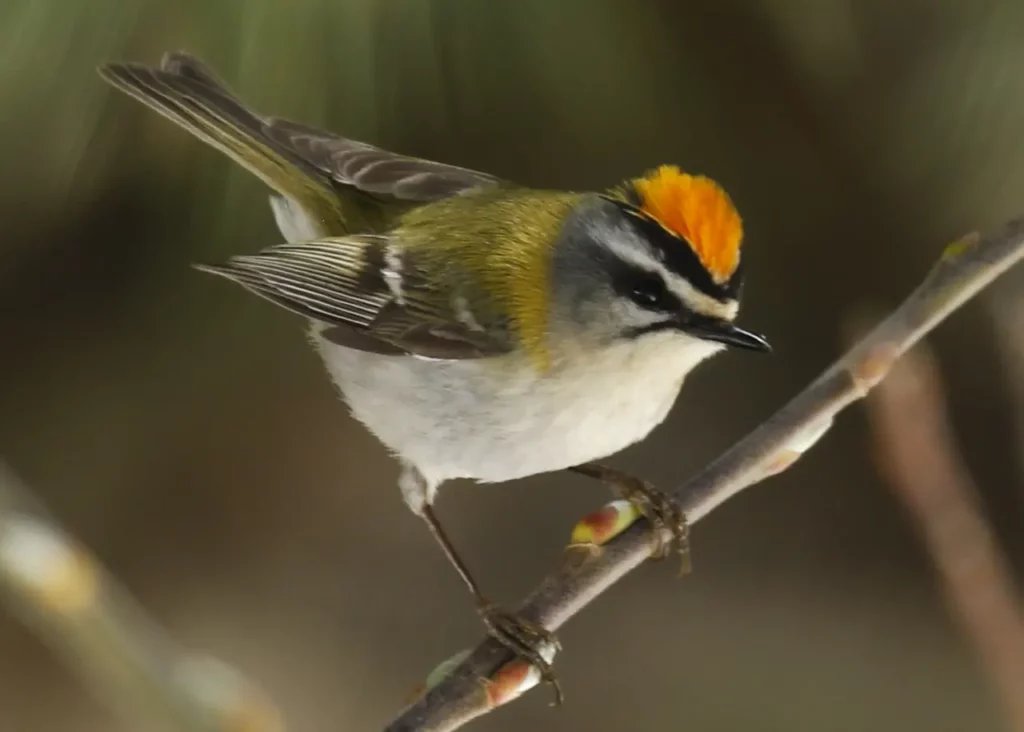
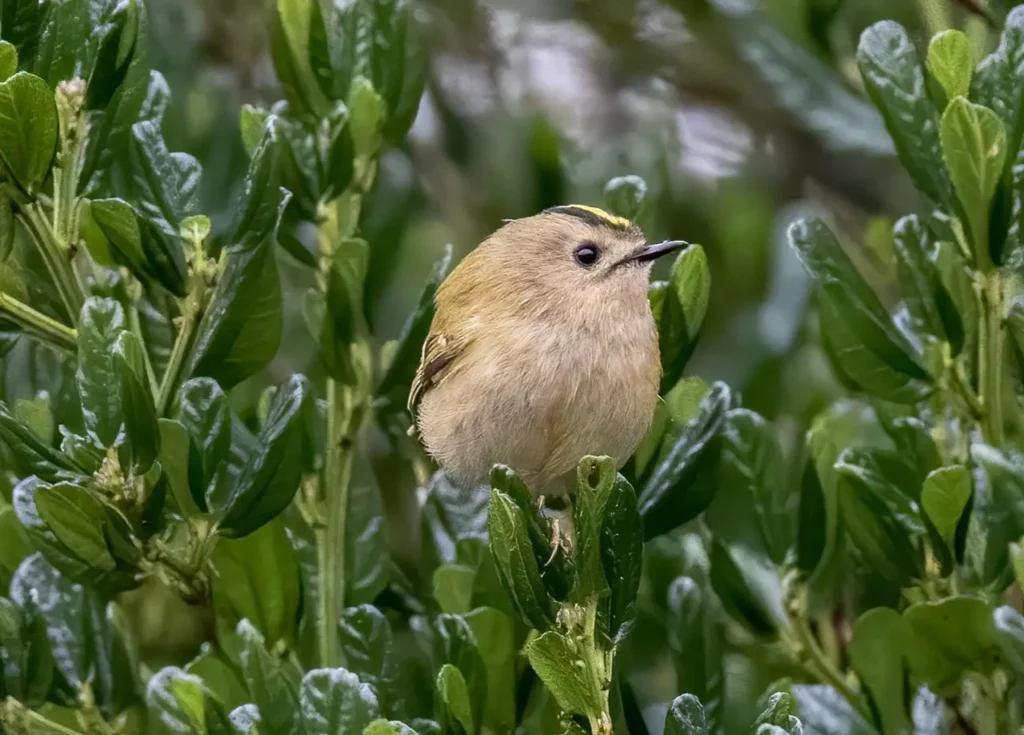
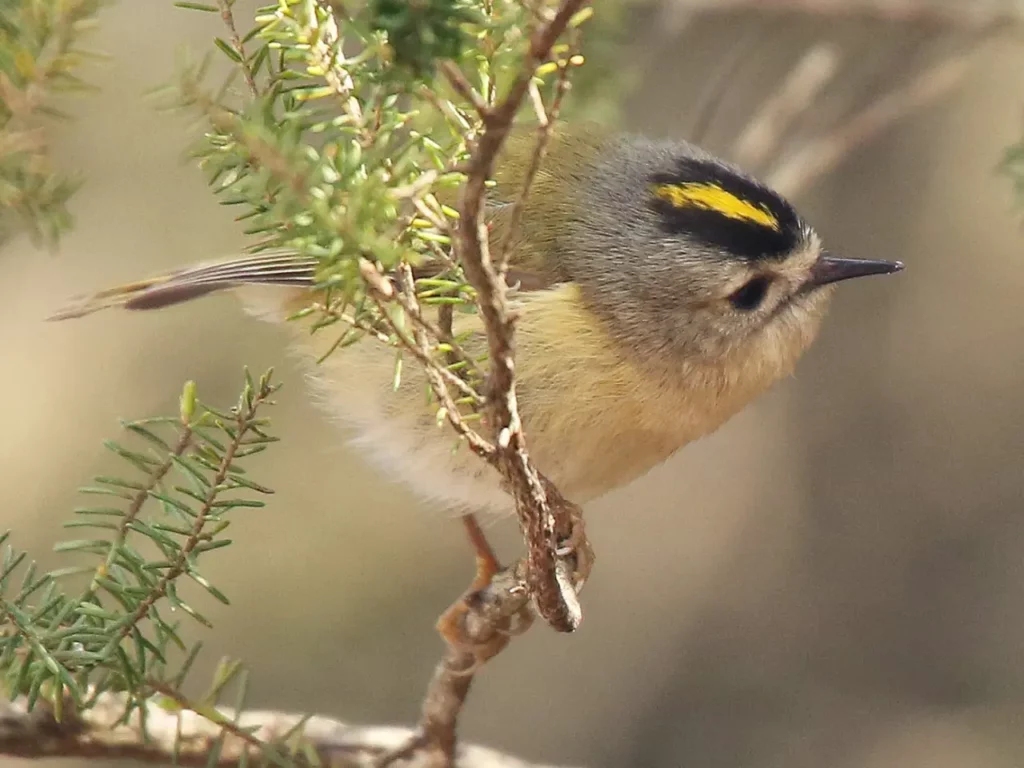
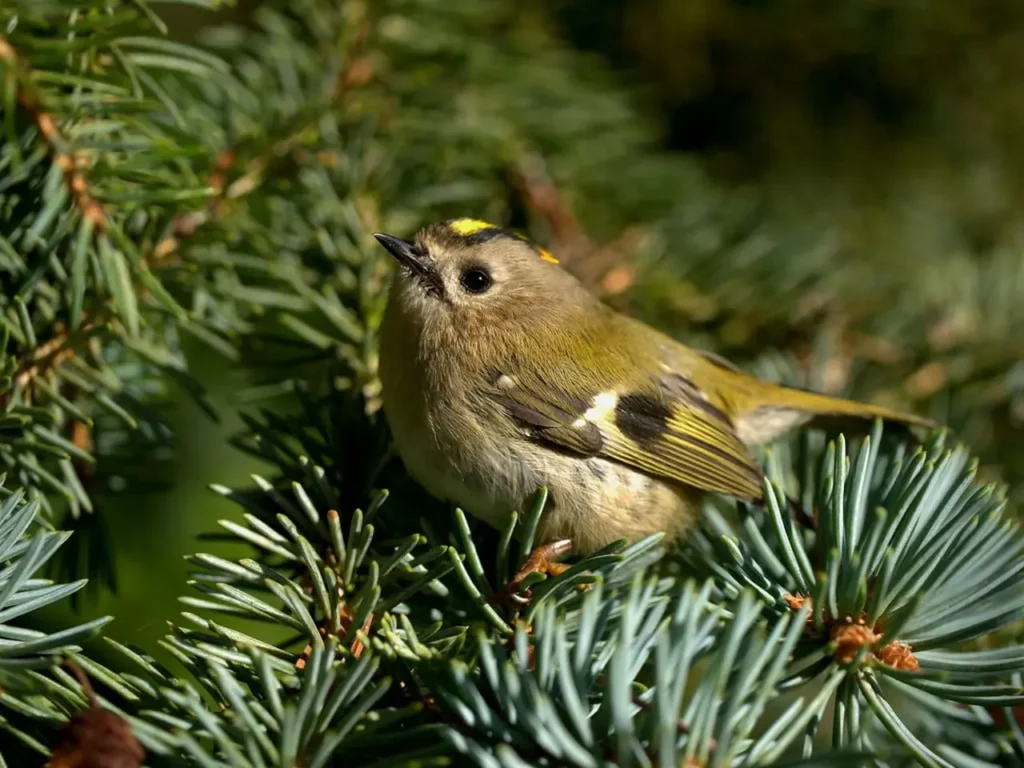
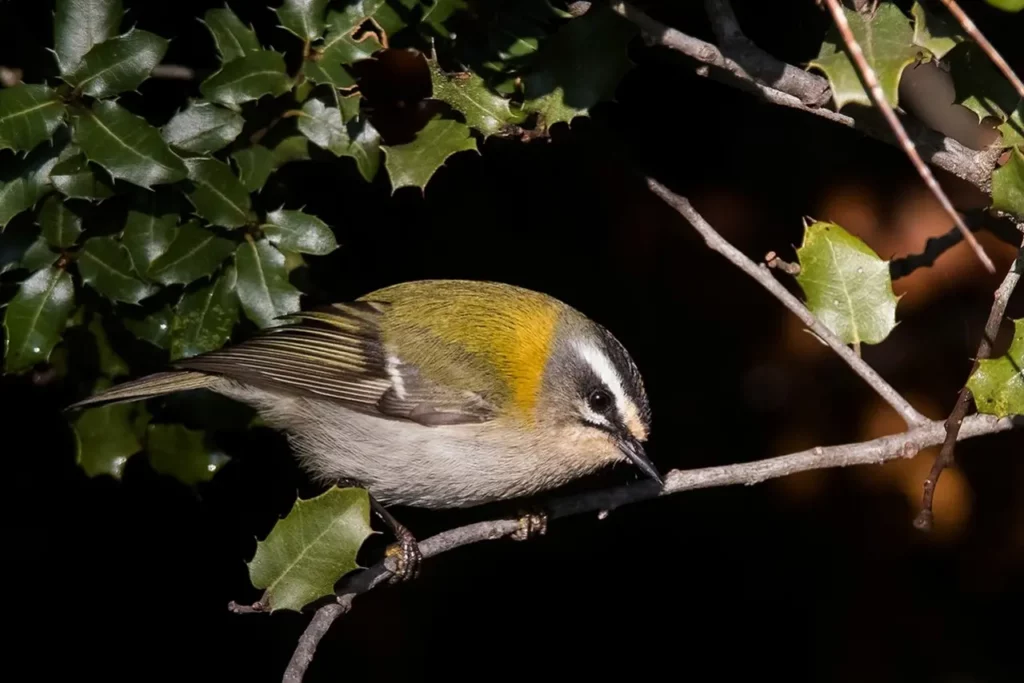
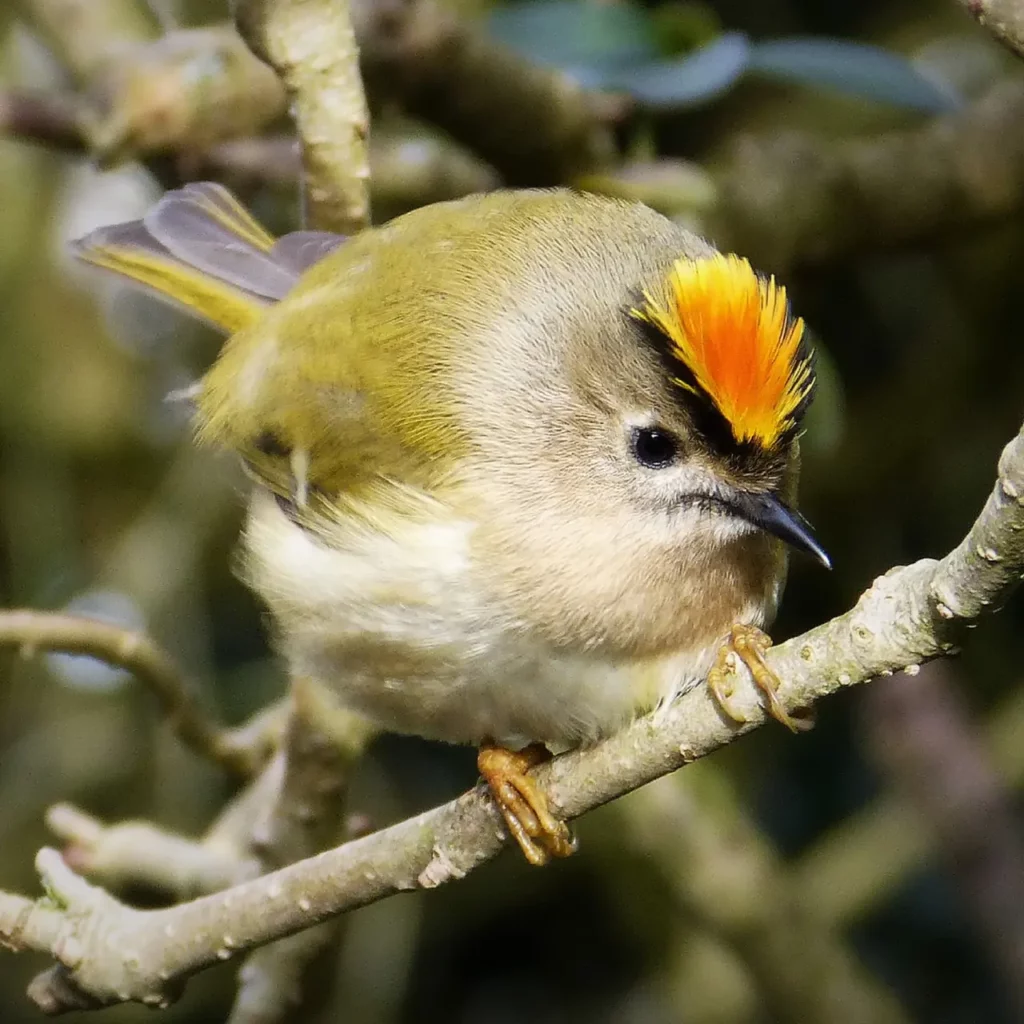
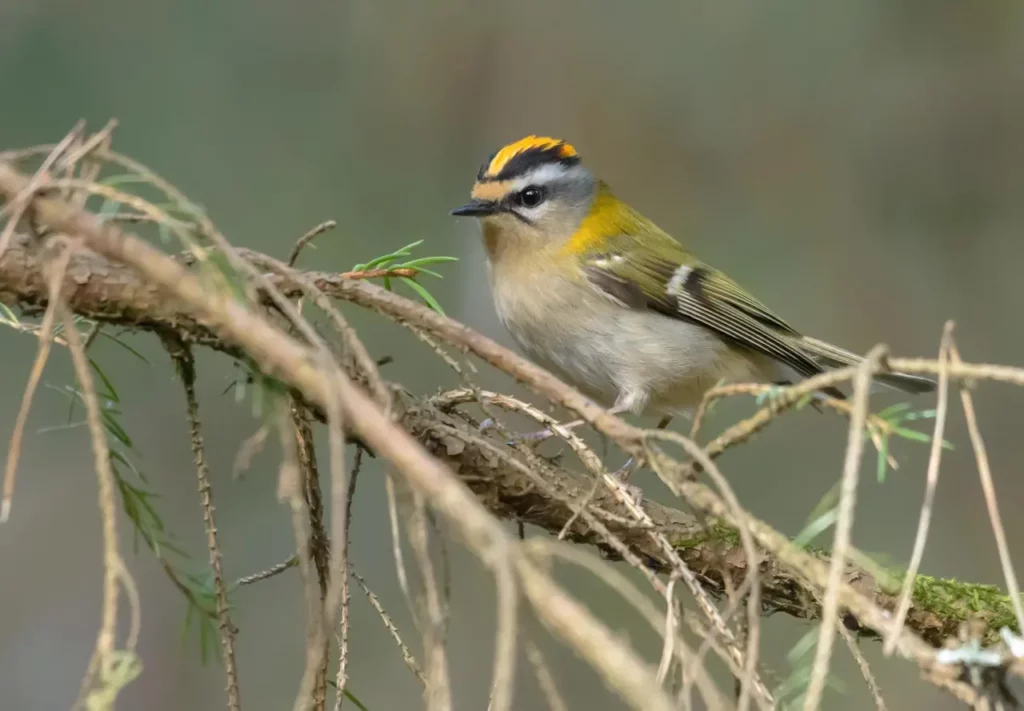
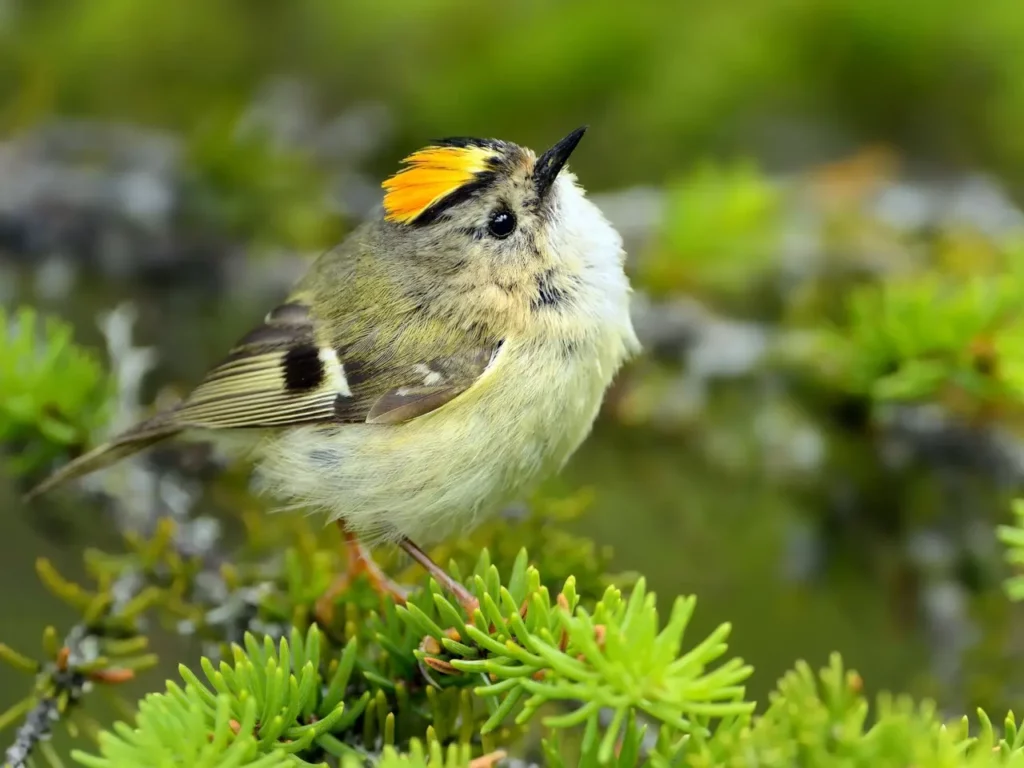
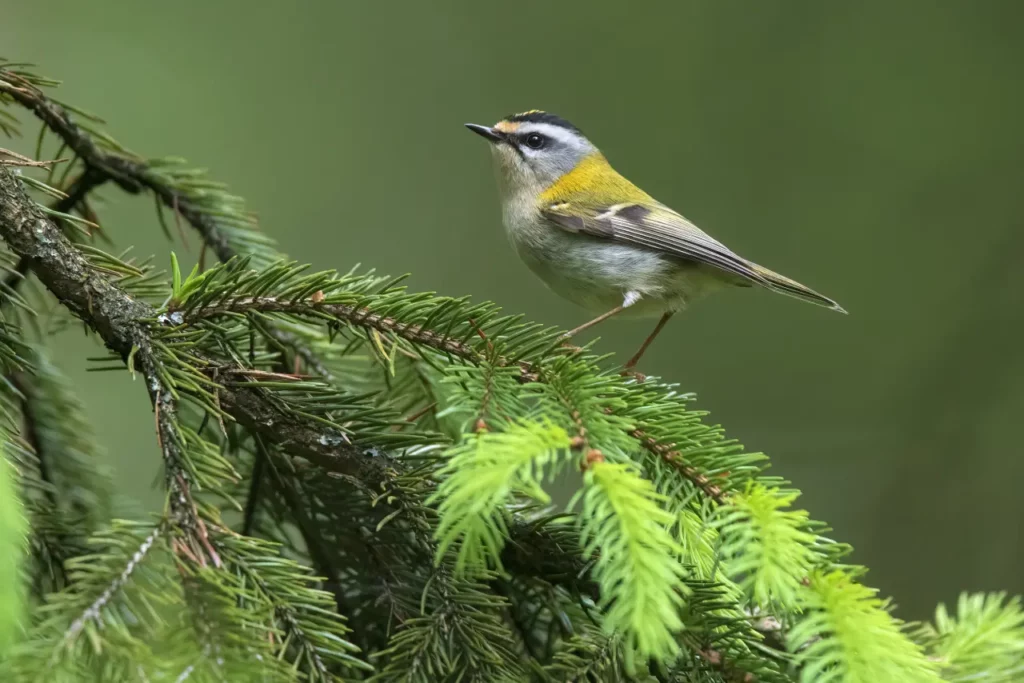
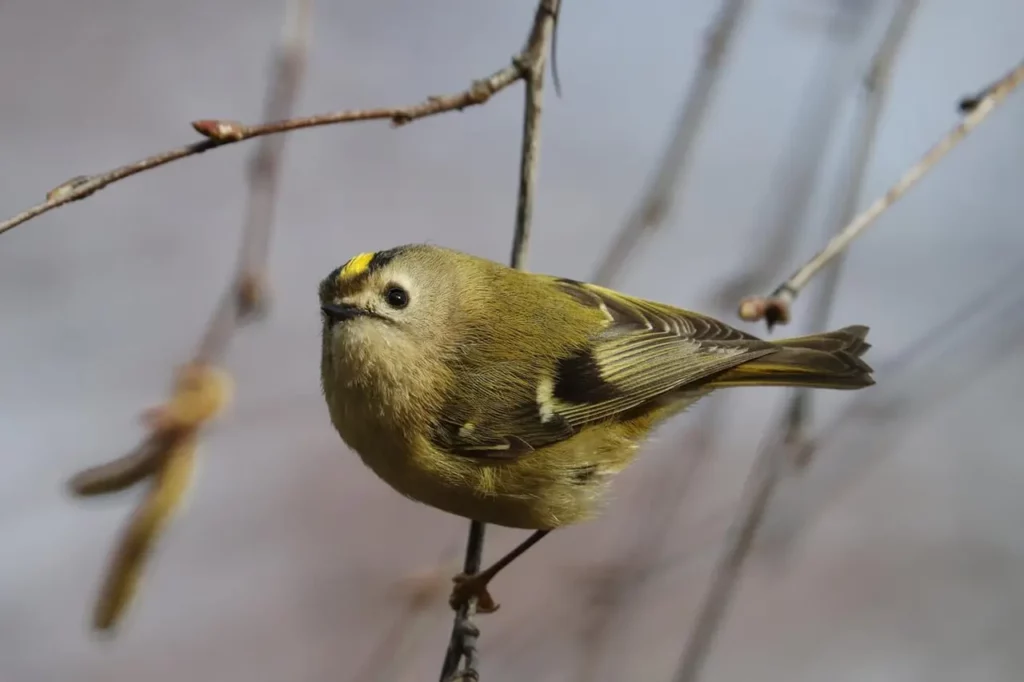
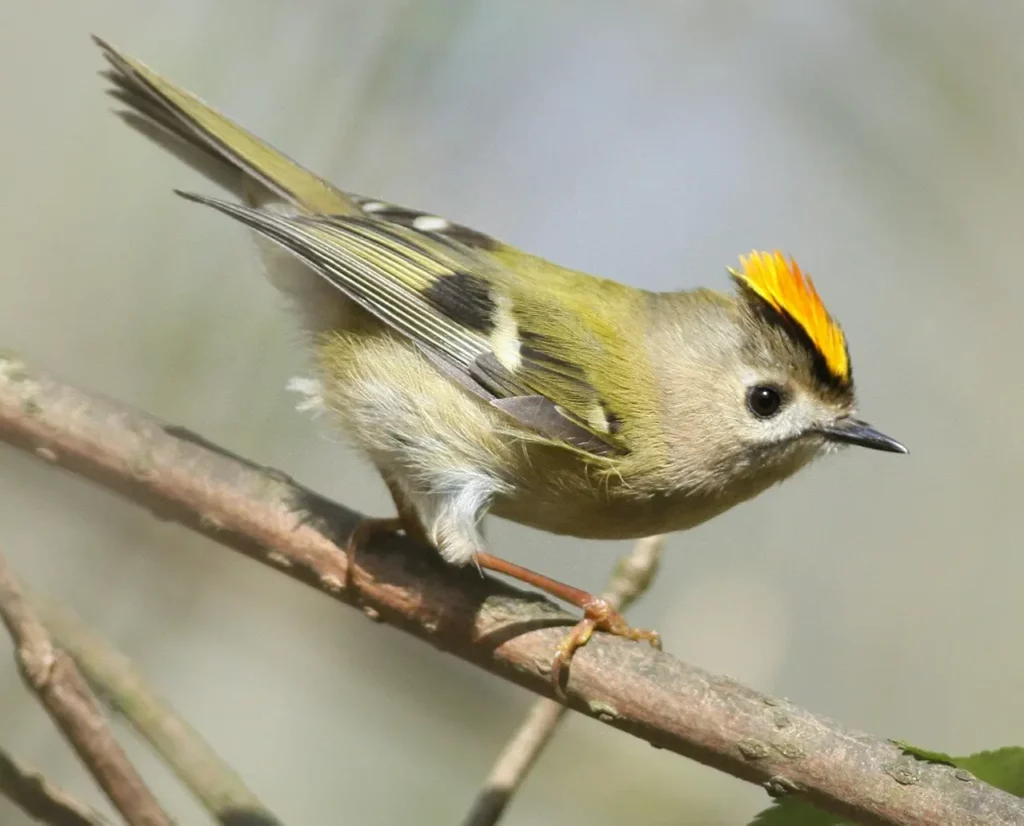
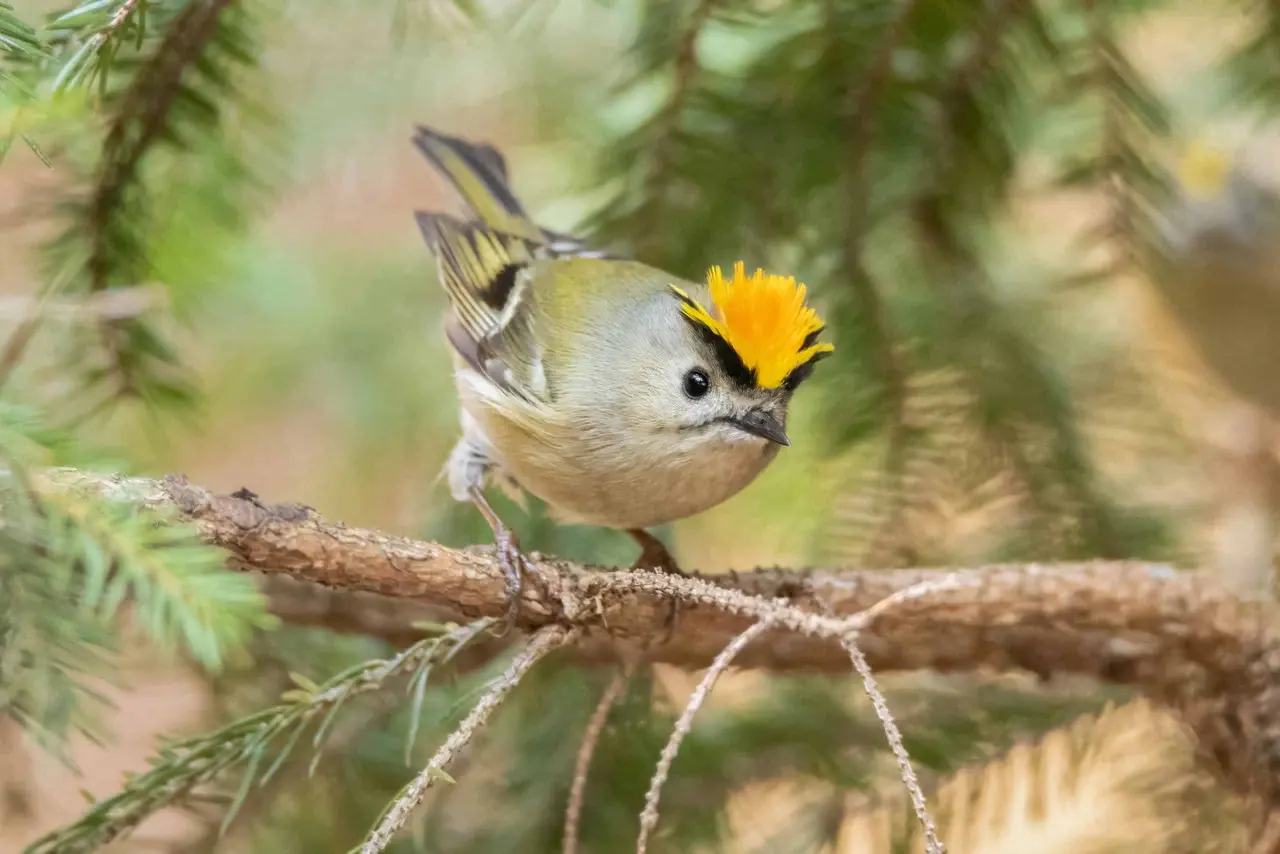
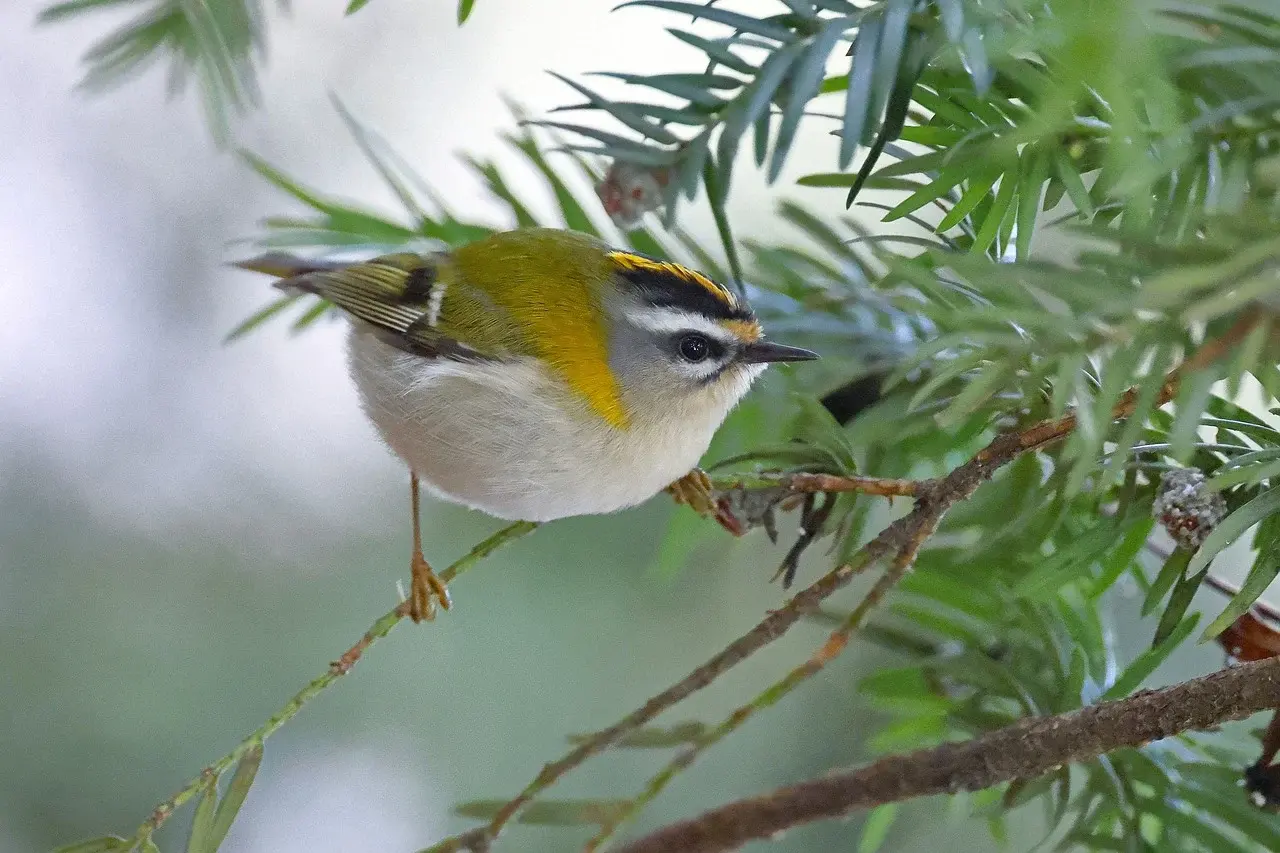
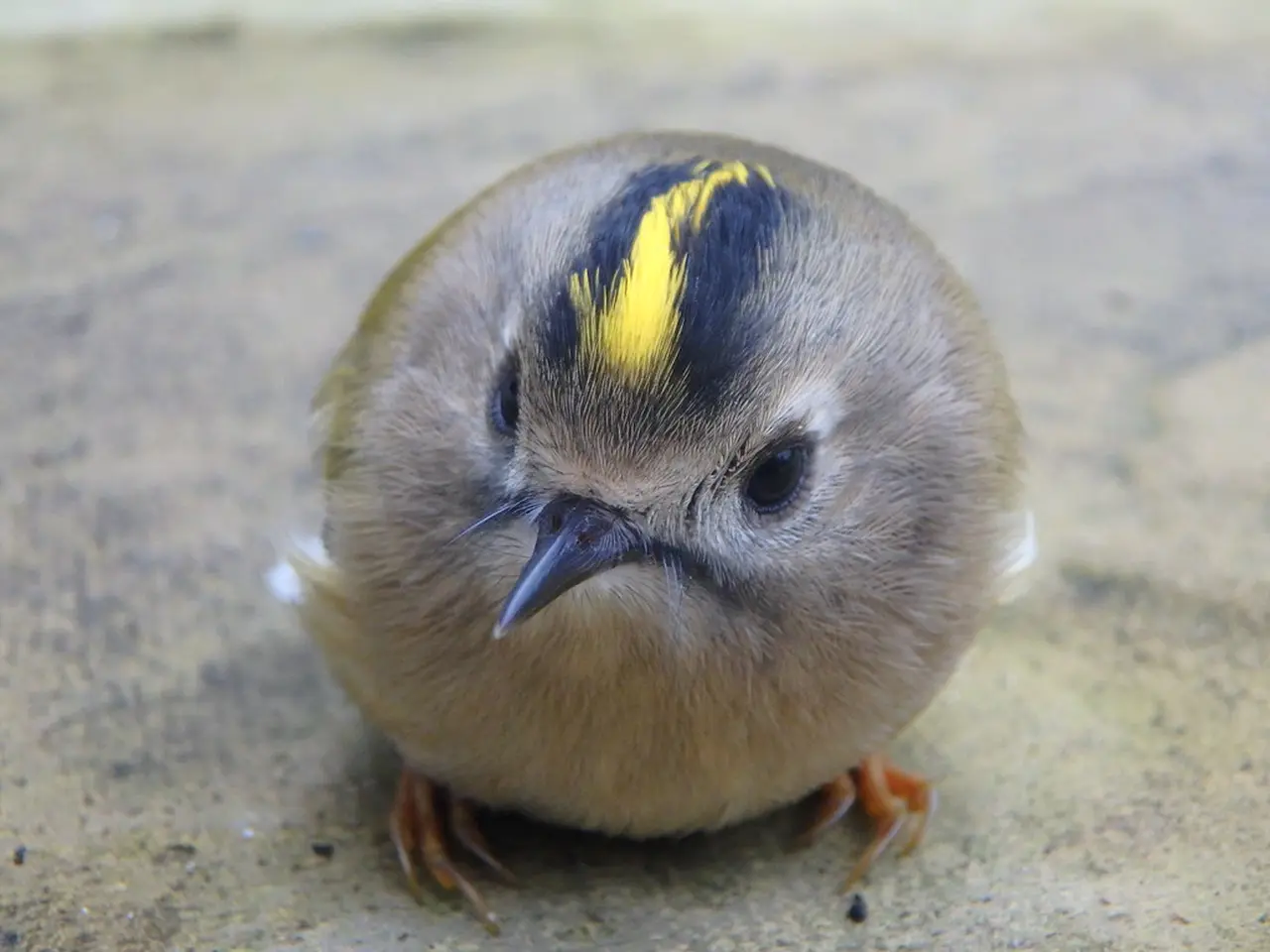
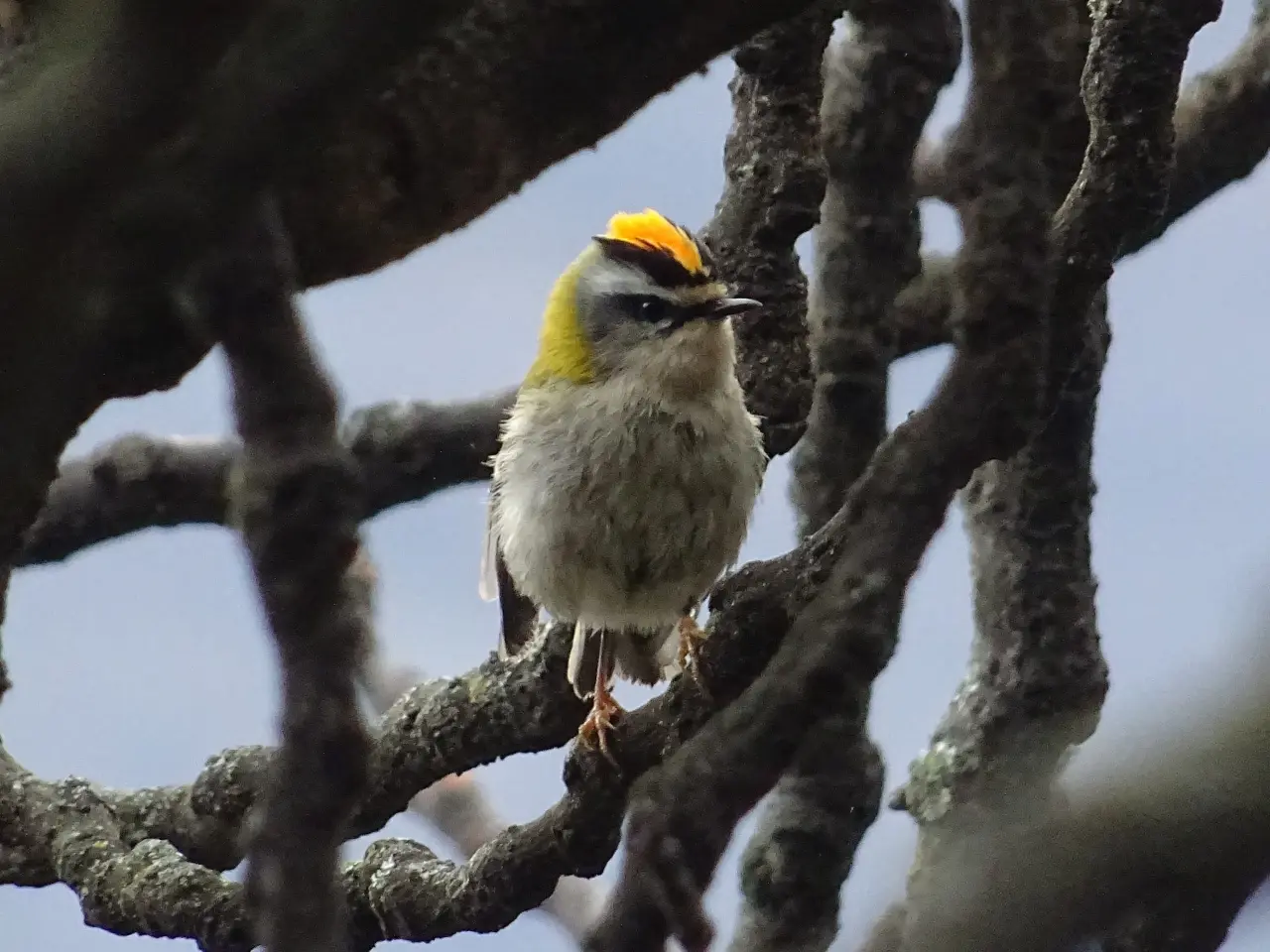
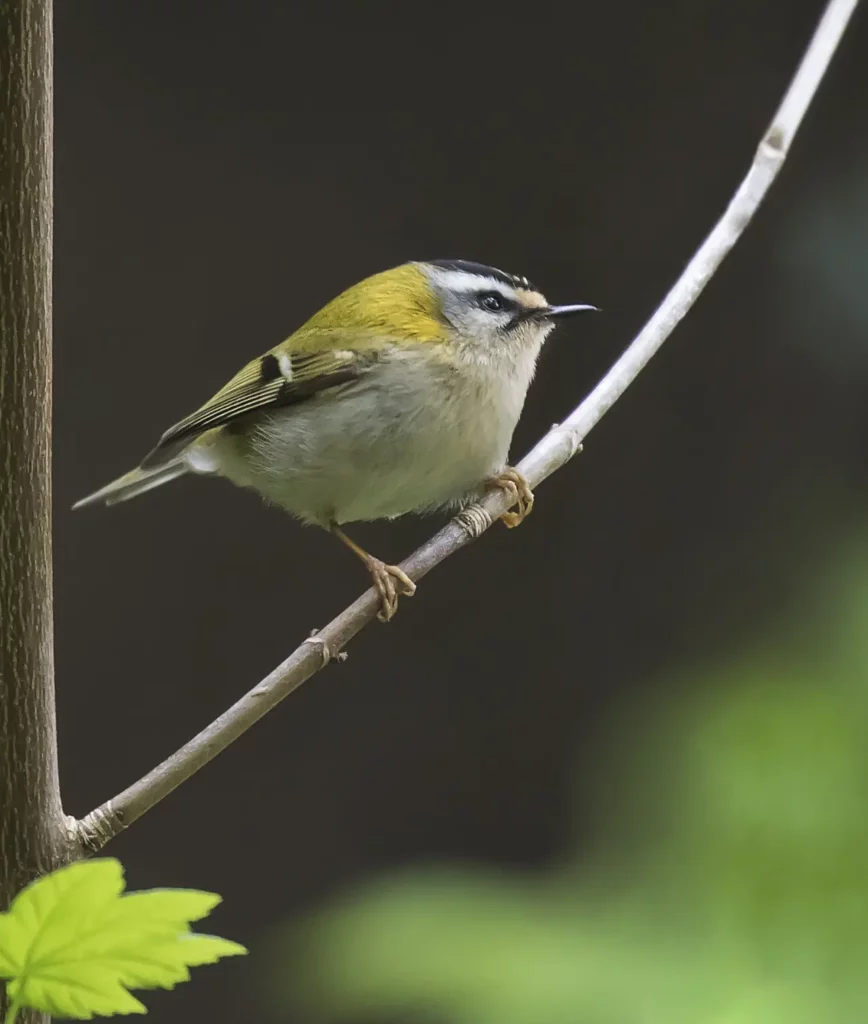
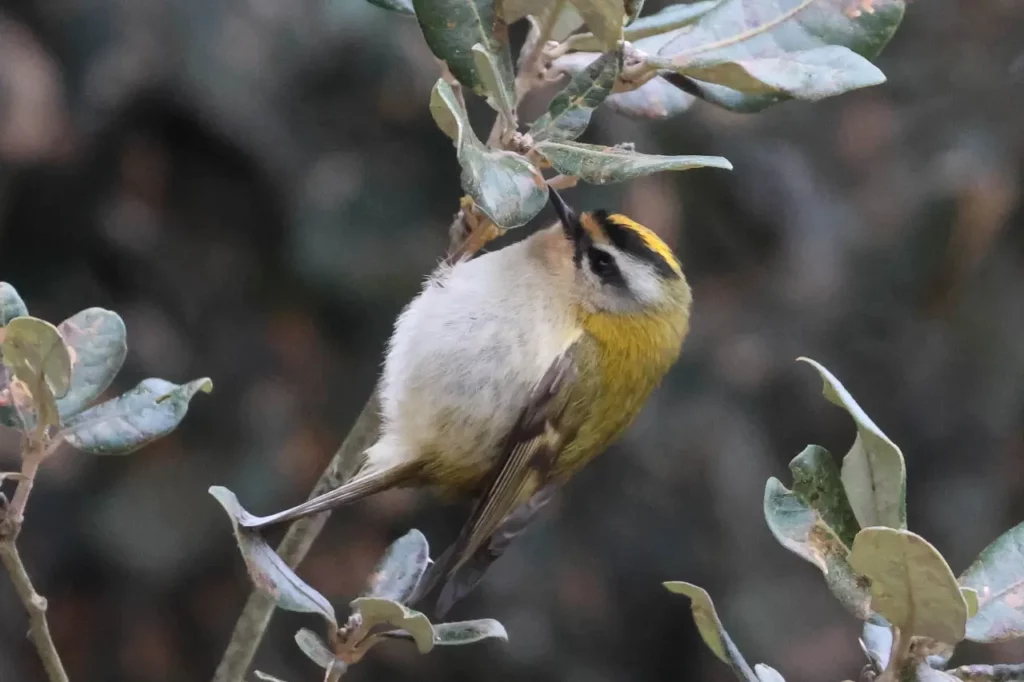
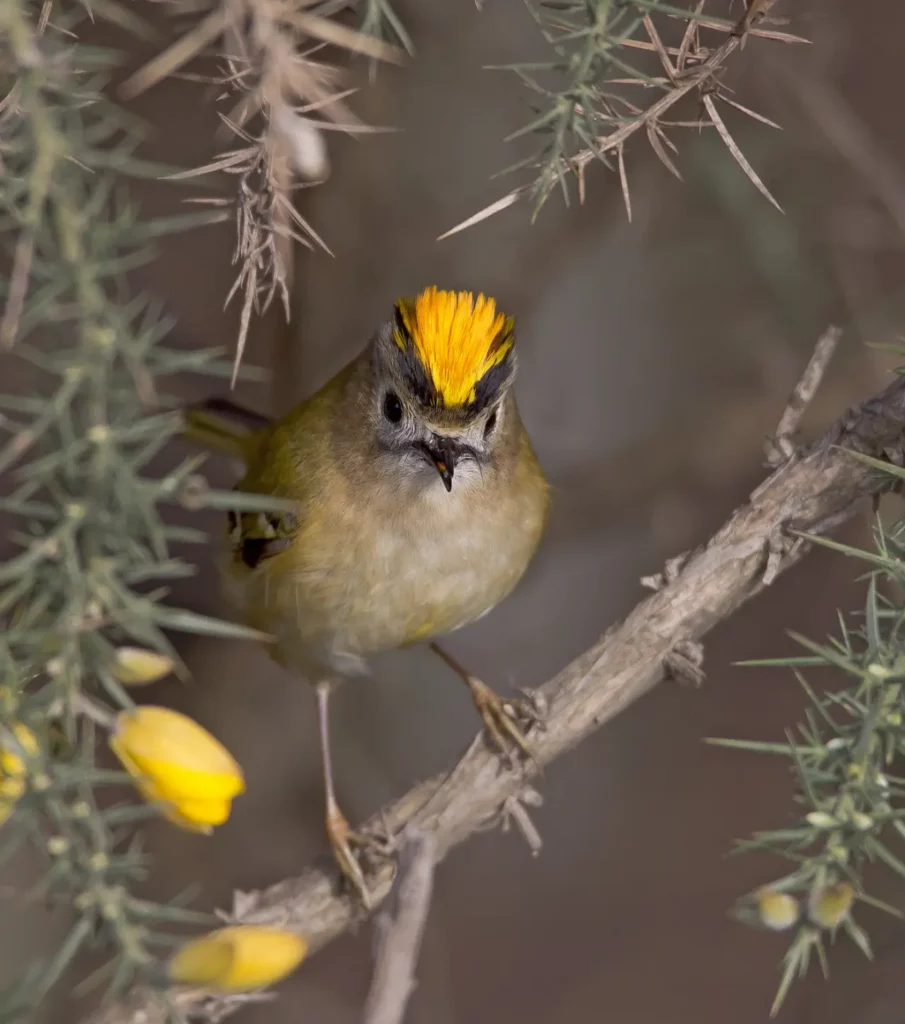
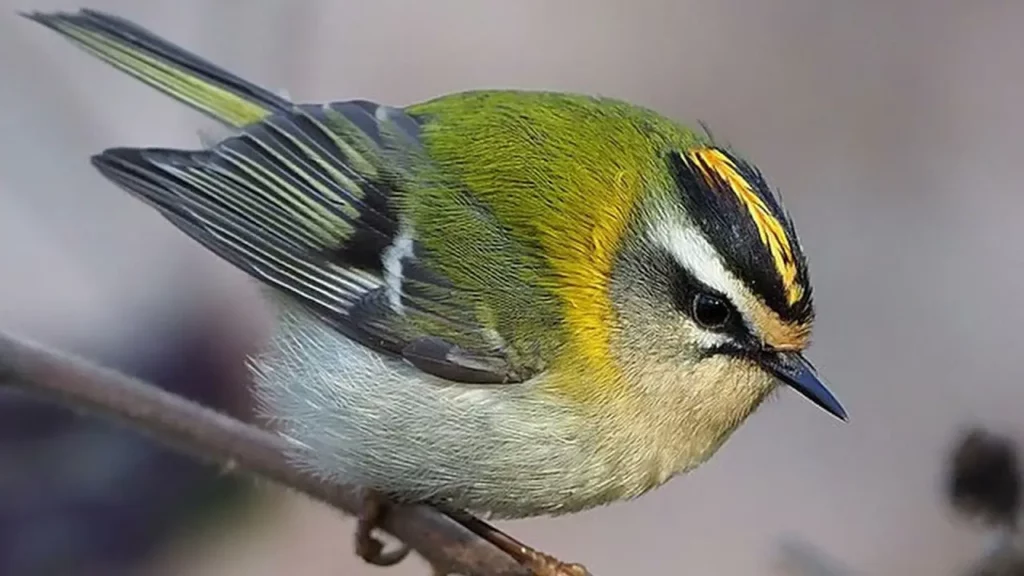
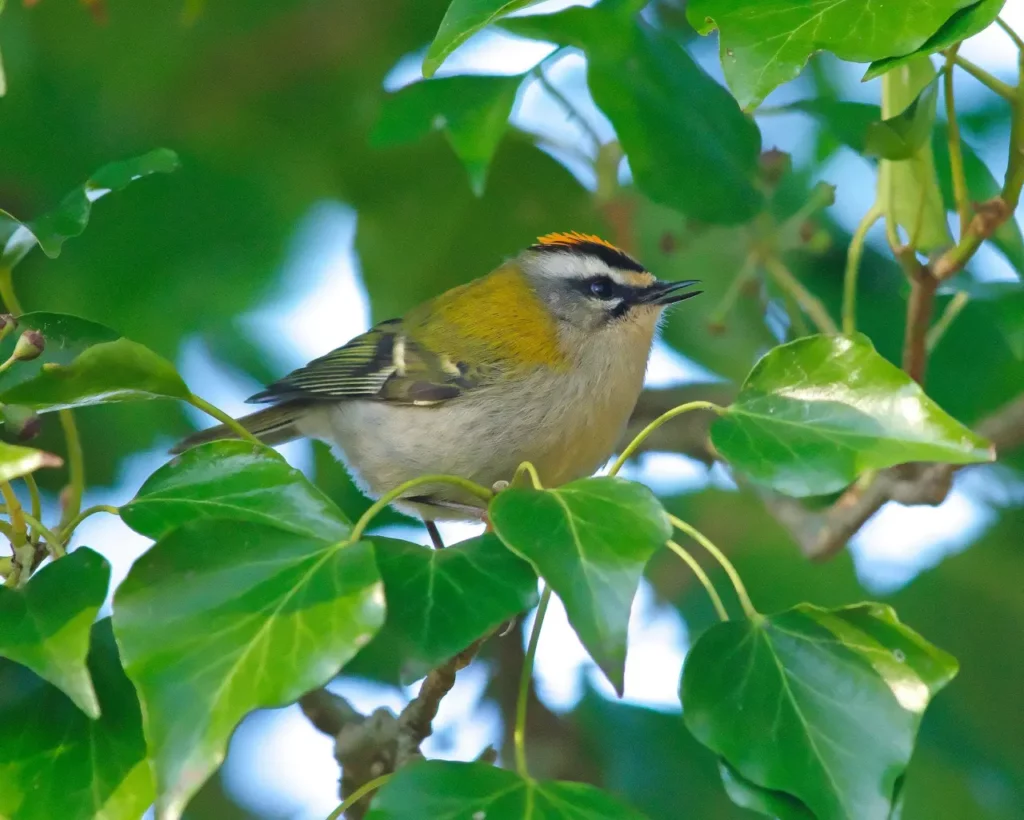
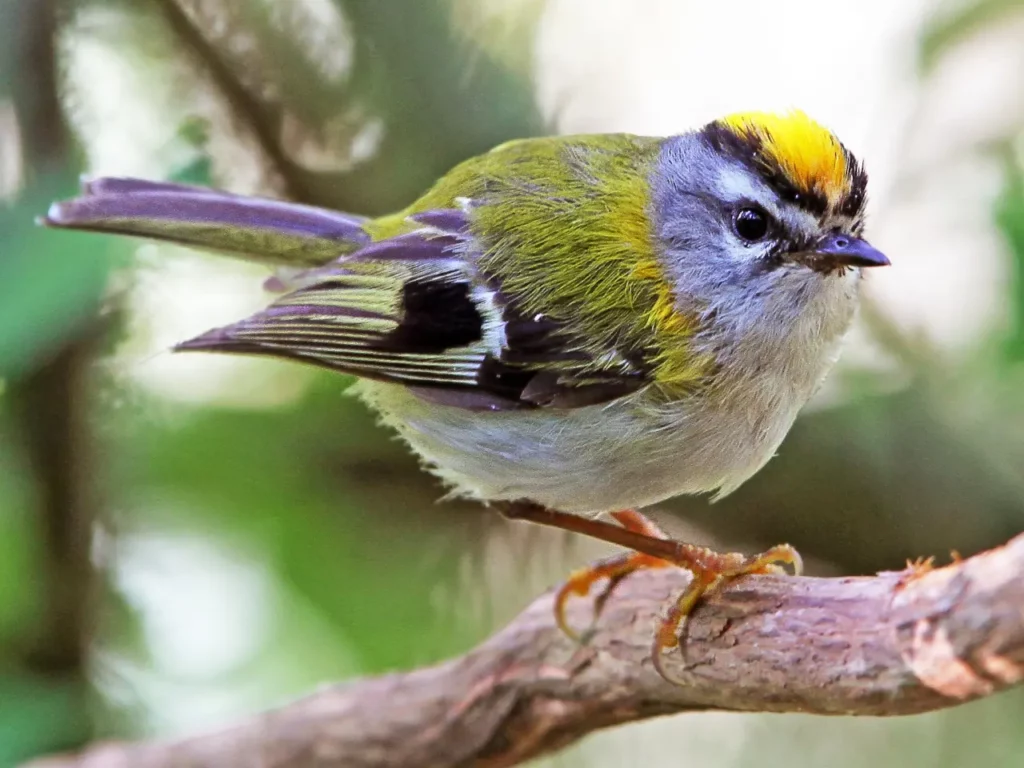
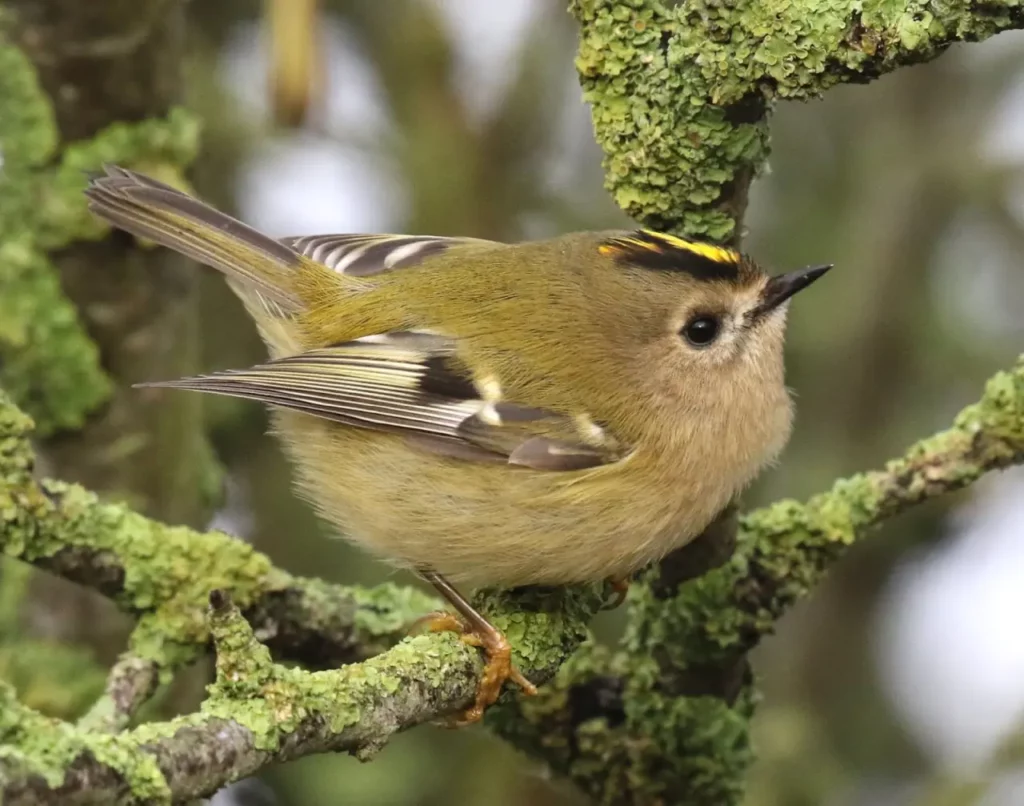
The Goldcrest
King of the Conifers The Goldcrest, often referred to as the “King of the Conifers,” is Europe’s smallest bird, measuring a mere 3.5 inches (9 cm) in length. With its vibrant green upperparts, yellow underparts, and a distinctive golden crown stripe on its head, this dainty bird stands out amidst the evergreen foliage it calls home. Despite its diminutive size, the Goldcrest possesses a spirited nature, constantly flitting and fluttering through the trees in search of insects and spiders.
Habitat and Range
Goldcrests thrive in a variety of woodland habitats across Europe, including coniferous forests, mixed forests, and even well-treed gardens. They are particularly fond of spruce, pine, and fir trees, which provide them with both suitable nesting sites and an abundant food supply. These birds can be found across much of Europe, from the British Isles and Scandinavia to the Mediterranean regions.
Firecrest
A Fiery Crown Jewel The Firecrest, a close relative of the Goldcrest, is equally dazzling with its unique plumage. This exquisite bird boasts bright emerald green upperparts, a striking black-and-white facial pattern, and a fiery orange crest on its head, making it a true gem in the forest canopy. Although slightly larger than the Goldcrest, the Firecrest remains a petite species, measuring around 4 inches (10 cm) in length.
Habitat and Range
Firecrests prefer deciduous and mixed forests, where they can find a diverse range of trees and shrubs to forage for insects. They are widespread across Europe, from Western and Central Europe to parts of the Mediterranean. However, their populations are more concentrated in specific regions, such as the Iberian Peninsula, the Alps, and parts of Eastern Europe.
Behavior and Feeding Habits
Both the Goldcrest and Firecrest are highly active and agile birds, constantly on the move as they search for insects and spiders hidden among the foliage. Their small size allows them to access tiny crevices and extract insects from bark, leaves, and twigs. They may also hover briefly while foraging, showcasing their impressive flight capabilities. In addition to insects, these birds supplement their diet with small seeds and berries during the colder months.
Breeding and Nesting
Goldcrests and Firecrests are monogamous birds that form pairs during the breeding season. The female constructs an intricately woven nest using moss, lichens, and spider silk, often nestled in the branches of coniferous or deciduous trees. The nests are camouflaged and well-hidden, providing protection for the delicate eggs. After hatching, both parents contribute to feeding the chicks until they fledge and become independent.
Conservation and Future Challenges
While both the Goldcrest and Firecrest are currently not considered endangered, they face several conservation challenges. Habitat loss due to deforestation, fragmentation, and climate change poses a significant threat to their populations. Additionally, disturbance from human activities, such as recreational forestry and urbanization, can disrupt their nesting and foraging habitats. Protecting and conserving their woodland habitats, promoting sustainable forest management.
